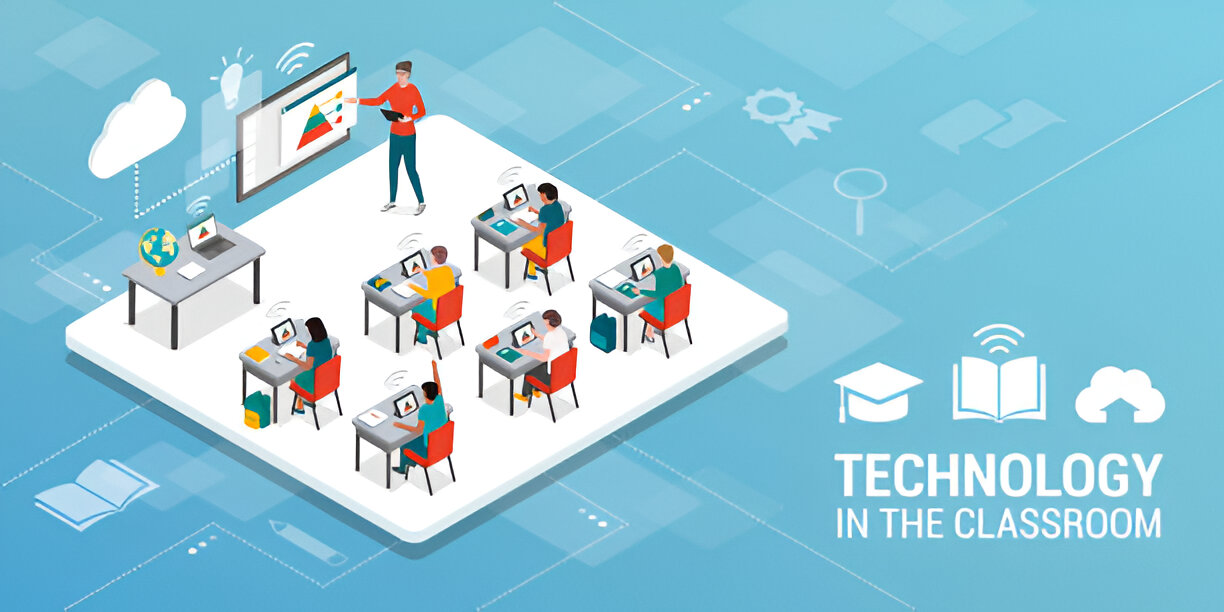The classroom is changing. We are no longer limited to chalkboards and heavy textbooks. Today, students can learn through laptops, tablets, and even phones. Teachers can use videos, online games, and virtual activities to make lessons more exciting.
This is what we call a digital classroom.
But while technology gives us many new opportunities, it can also be confusing. Some schools add too much tech without a clear plan. Others feel nervous about changing from the old way of teaching.
That’s why I, Chris Bressi, want to share my top tips for building a successful digital classroom, based on my years of working with educators, schools, and communities right here in Downingtown, Pennsylvania, and beyond.
1. Keep the Focus on Learning, Not the Tools
It’s easy to get excited about new technology. A shiny new app or platform can seem like the perfect solution. But remember technology is a tool, not the goal.
Before adding something new, ask yourself:
- Will this make learning easier for my students?
- Does it help them understand the topic better?
- Is it worth the time it takes to learn how to use it?
Good technology should support your lesson, not take over the class.
2. Make Lessons Interactive
One of the best parts of a digital classroom is that students can be active participants, not just listeners.
Try:
- Polls and quizzes during lessons (Kahoot, Quizizz, Google Forms)
- Virtual whiteboards where students can draw or write answers (Jamboard, Miro)
- Collaborative documents for group work (Google Docs, Microsoft OneNote)
When students feel involved, they remember more and stay interested.
3. Teach Digital Responsibility
Just because students know how to use devices doesn’t mean they know how to use them safely and responsibly.
Spend time teaching:
- How to check if online information is true
- Why it’s important to protect personal information
- How to communicate politely and respectfully online
In my work with Chris Bressi Consultants, I’ve seen that digital citizenship lessons can reduce distractions, improve online behavior, and create a more positive learning environment.
4. Start Small and Build
If you try to change everything at once, it can feel overwhelming for both you and your students.
Instead, start with one or two new tools or strategies. Practice them until you feel confident. Then add more as you go.
For example:
- Month 1: Use Google Classroom for assignments
- Month 2: Add short video lessons for homework
- Month 3: Introduce collaborative projects using shared documents
Step-by-step change is more sustainable and less stressful.
5. Keep Communication Clear
In a digital classroom, students (and parents) need to know exactly where to find assignments, deadlines, and resources.
Set clear rules like:
- All homework will be posted on one platform (e.g., Google Classroom)
- Due dates will always be announced in the same place
- Email or messaging apps will be used for specific questions only
This reduces confusion and helps students take responsibility for their work.
6. Balance Screen Time
Too much time in front of a screen can lead to eye strain, headaches, and fatigue.
Plan lessons that mix online and offline activities:
- Online: interactive lessons, videos, virtual collaboration
- Offline: reading printed materials, drawing diagrams, hands-on experiments, group discussions in person
Remember: the best digital classrooms are blended classrooms.
7. Provide Extra Help for Students Who Need It
Not all students learn at the same speed. Some may struggle with the technology itself, while others may fall behind on the lesson.
Offer extra support through:
- One-on-one video calls
- Short tutorial videos explaining how to use tools
- Step-by-step guides for assignments
When students feel supported, they gain confidence and become more independent.
8. Keep Parents Involved
Parents are partners in a child’s learning. Keep them updated about:
- The tools you’re using in class
- How they can help their child at home
- Any rules for online behavior and device use
A quick monthly newsletter or email can make a big difference in building trust and cooperation.
9. Celebrate Success
Digital classrooms allow for creative ways to recognize student achievement.
You could:
- Create a “Student of the Week” slide shared with the class
- Post student work on a class blog or digital bulletin board
- Use badges or certificates for completing online challenges
Celebrating success boosts motivation and creates a positive learning atmosphere.
10. Keep Learning Yourself
The digital world changes fast. New tools, apps, and methods appear every year.
As educators, we must keep improving our skills. This could mean:
- Joining online teacher groups
- Attending virtual workshops or webinars
- Following education blogs and podcasts
When teachers keep learning, students benefit too.
Why Digital Classrooms Work When Done Right
From my experience in Downingtown, PA and across other communities, I’ve seen that digital classrooms can:
- Increase student engagement
- Make learning more accessible for different needs
- Prepare students for the tech-driven world they will face after school
But success doesn’t come from technology alone, it comes from how we use it. As educators, our job is to guide, inspire, and connect students to the world around them. Technology is simply a tool that helps us do it better.
Final Thoughts
Building a successful digital classroom isn’t about having the newest devices or the most apps. It’s about creating a learning space, online and offline. Where students feel supported, engaged, and challenged.
By starting small, focusing on the learning, and keeping communication clear, we can make digital classrooms work for everyone.
As Christ Bressi, my goal is to help schools, teachers, and communities embrace the future of learning without losing the human touch that makes education truly meaningful.
Christopher Bressi is an educator, consultant, and technology advocate based in Downingtown, PA. Through Chris Bressi Consultants, he helps schools integrate technology in ways that improve learning, empower teachers, and prepare students for the future. Learn more at chrisbressi.org.
